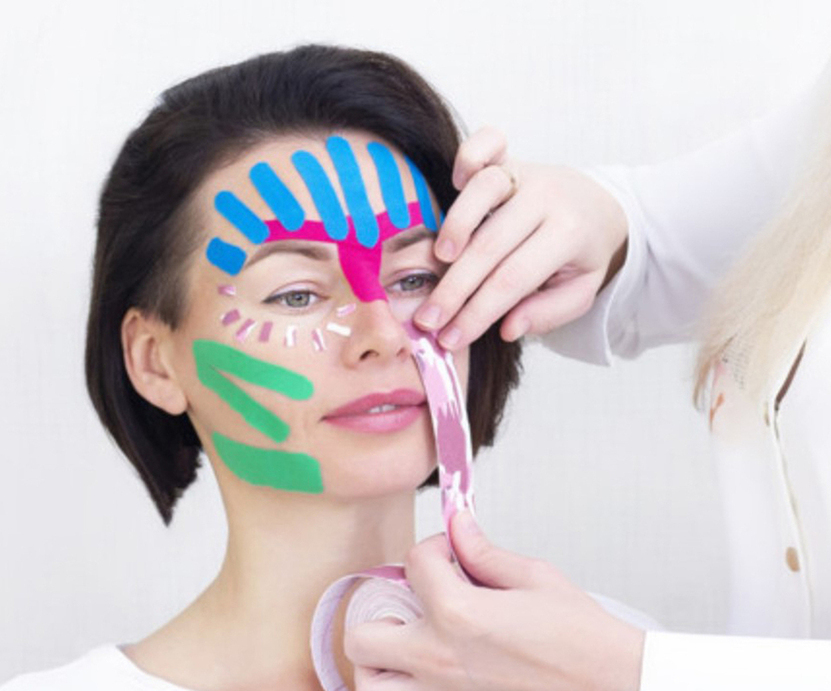
The pursuit of eternal youth is as old as humanity itself, woven into myths and legends across cultures. From the fabled "rejuvenating apples" of Slavic folklore to today's cutting-edge cosmetic procedures, the desire to turn back time has always been a tantalizing dream. Yet, in an age where science has made this dream more accessible than ever, some are beginning to question its worth. For many, the obsession with staying young feels less like a blessing and more like a burden.
Scrolling through old family photos, it's hard not to notice how much younger people look today compared to their parents at the same age. Is it better nutrition, advanced skincare, or simply shifting societal standards? In the past, a little extra weight or a few wrinkles were seen as natural signs of maturity. Today, the pressure to maintain a youthful appearance is relentless, fueled by an endless array of creams, serums, and surgical options.
"I no longer like what I see in the mirror," confessed a friend before heading off for lip fillers and brow lifts. The results were impressive, but the pain and cost were undeniable. "It hurts, but I'll be back in four months," she said. Such procedures have become routine for many, a necessary evil in the battle against time. Yet, there's a growing skepticism about the extremes some go to. Faces stretched taut, lips unnaturally plump—these "Joker smiles," as some surgeons call them, are a far cry from natural aging.
For those who can afford it, the quest for youth is a meticulously planned journey. Genetic tests, dermatological evaluations, and personalized anti-aging profiles are just the beginning. The options range from non-invasive treatments like vitamin injections to full-blown surgeries. But for the majority, such luxuries remain out of reach. Instead, they rely on over-the-counter products, hoping for a miracle in a jar.
Yet, even these seemingly harmless solutions can backfire. Ice facials, for instance, might seem refreshing but can wreak havoc on sensitive skin. And then there are the extreme cases, like the millionaire who regularly transfuses his teenage son's blood in a bid to stay young. Such stories blur the line between science and science fiction, raising ethical and medical questions.
The rise of Asian beauty standards, with their emphasis on "baby faces" and flawless skin, has further complicated the narrative. Women who once aspired to look mature now strive to appear perpetually youthful. This shift has left some feeling out of place. "I'm 27, but people still think I'm a teenager," shared a Moscow resident. "It's frustrating when even pharmacists give me strange looks for buying contraceptives."
Men aren't immune to these pressures either. A well-known lawyer admitted that his youthful appearance often undermines his credibility. "I have to warn clients not to be surprised by how young I look," he said. Despite his professional achievements, his boyish face continues to be a hurdle.
Beneath the surface of this obsession lies a deeper fear—not just of wrinkles, but of irrelevance. As society glorifies youth, aging becomes synonymous with decline. Yet, some are pushing back, embracing their years with grace. "Old age is natural," said a psychologist. "But the pressure to stay young can lead to identity crises, especially when people feel stuck in a younger version of themselves."
Cinema, too, reflects this tension. Films like *The Age of Adaline* and *Substance* explore the consequences of defying time, often with unsettling results. These stories serve as cautionary tales, reminding us that the pursuit of eternal youth may come at a cost far greater than we imagine.
In the end, the question remains: Is it worth it? As societal values shift, with less emphasis on beauty and more on character, perhaps the answer lies not in turning back the clock, but in embracing the journey of life—wrinkles, gray hair, and all.